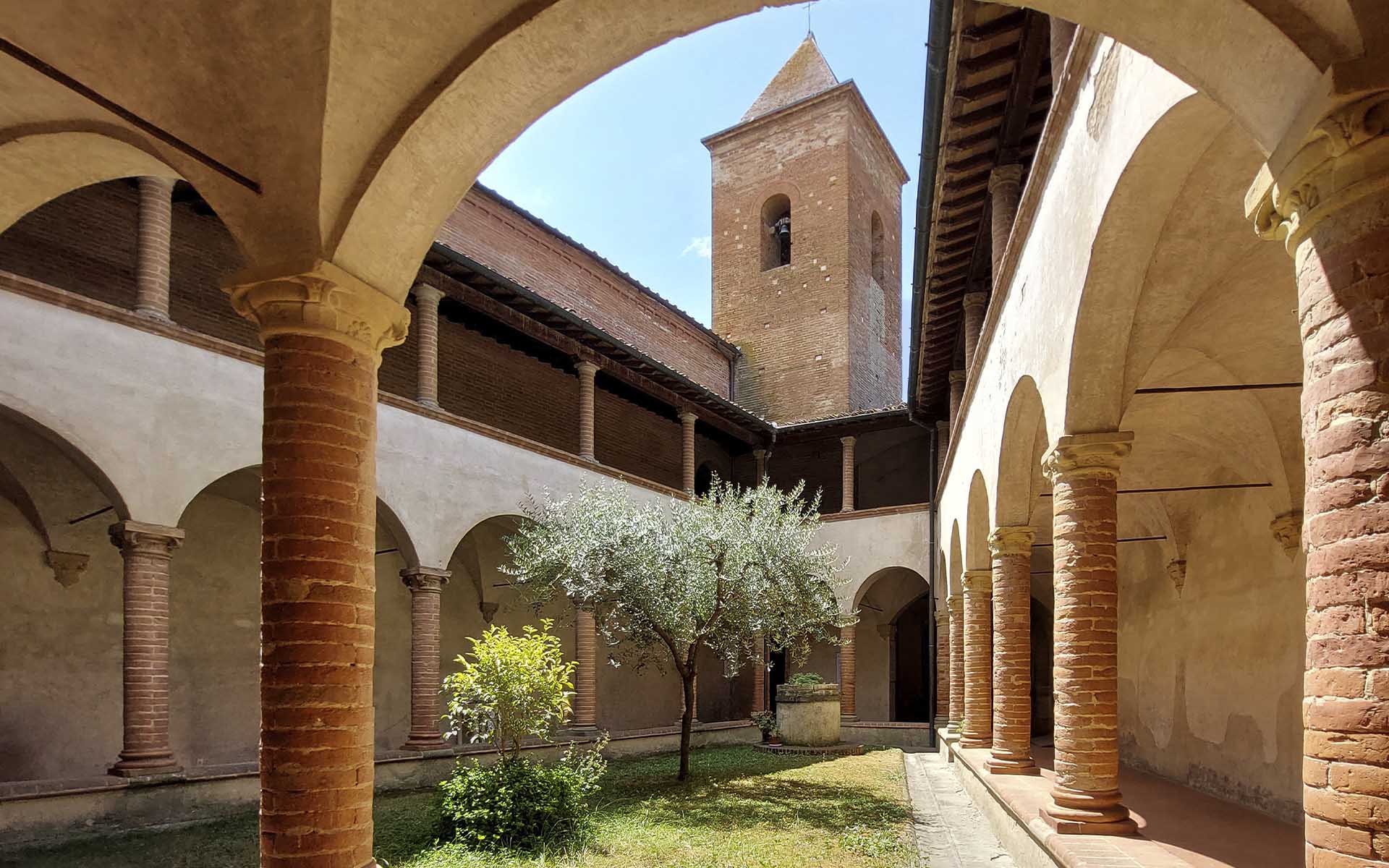The Garden
The hortus conclusus in a convent was a walled garden, a place of peace and contemplation where monks found spiritual harmony through nature. Here, aromatic and medicinal plants were cultivated, used for medicinal purposes and to care for pilgrims and the needy. This space represented a sacred refuge, a symbol of the terrestrial paradise, where the beauty and serenity of nature fostered meditation.
Today’s garden, overlooking the surrounding countryside, corresponds to the ancient hortus conclusus, the green space enclosed within the walls that was once present in all the convents of any monastic order, because it was that place of delight filled with trees and flowers where the monks would retreat to capture the divine aura through the harmony of nature.
A corner of the garden was designated as Hortus simplicium where aromatic and officinal plants were cultivated from which the active ingredients for tinctures, syrups and medicines, prepared according to popular tradition, could be obtained to cure the needy and pilgrims on their way along the Via Francigena. The herbs were dried and stored in the dark inside cabinets in rooms called ‘officina‘ (hence the current name officinal plants).
The area of the ancient garden is supposed to correspond to the present one, not large but sufficient to meet the needs of the convents, which, in any case, used the products of their estates for sustenance and trade.



